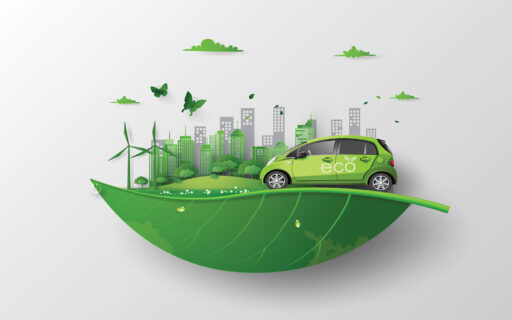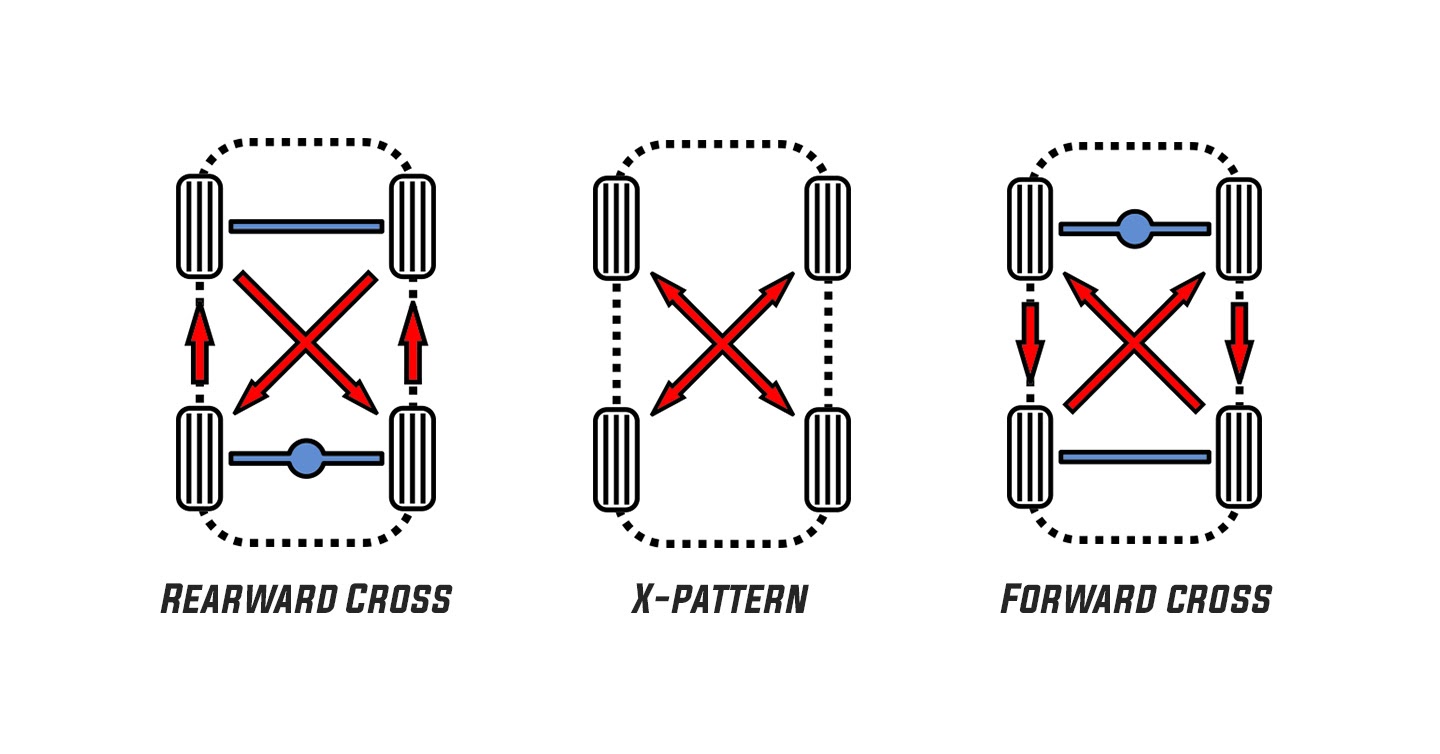Introduction
The automotive industry is undergoing a profound transformation as the world shifts toward more sustainable and eco-friendly technologies. Green automotive technology is revolutionizing the way vehicles are designed, manufactured, and used, focusing on reducing environmental impacts and improving energy efficiency. From electric vehicles (EVs) to hydrogen-powered cars and innovative materials, green technologies are shaping the future of transportation.
In this article, we will explore the various aspects of green automotive technology, how it benefits the environment, and the future trends driving the automotive industry toward a cleaner, greener future.
Table of Contents
What is Green Automotive Technology?
squeelee .com/ refers to innovations in the design, development, and manufacturing of vehicles aimed at reducing their environmental footprint. This includes technologies that enhance fuel efficiency, reduce emissions, and minimize resource consumption during production and throughout the vehicle’s lifecycle. Green automotive technologies aim to improve the energy efficiency of cars and trucks while promoting cleaner, more sustainable alternatives to traditional internal combustion engine vehicles.
The main objectives of green automotive technology are:
- Reducing greenhouse gas emissions
- Minimizing pollution and harmful emissions
- Enhancing energy efficiency
- Promoting the use of renewable energy sources
- Reducing dependence on fossil fuels
Types of Green Automotive Technologies
There are several key types of green automotive technologies that are helping to reduce the environmental impact of vehicles. Some of the most significant innovations include:
1. Electric Vehicles (EVs)
Electric vehicles (EVs) are one of the most widely recognized and adopted green automotive technologies. EVs use electric motors powered by batteries instead of internal combustion engines (ICEs) that burn fossil fuels. EVs are known for their zero-emission capability, making them a key component in reducing air pollution and carbon emissions.
Key Features of EVs:
- Zero Emissions: EVs produce no tailpipe emissions, contributing to cleaner air and reducing harmful pollutants such as carbon monoxide and nitrogen oxides.
- Energy Efficiency: EVs are more energy-efficient than gasoline-powered vehicles, converting a higher percentage of energy from the battery into movement.
- Regenerative Braking: Many EVs feature regenerative braking, which recaptures energy during braking and stores it in the battery for later use.
- Lower Operating Costs: EVs have fewer moving parts, leading to lower maintenance costs compared to traditional vehicles.
Popular EV Models:
- Tesla Model 3
- Chevrolet Bolt EV
- Nissan Leaf
- Ford Mustang Mach-E
2. Hybrid Vehicles (HEVs)
Hybrid electric vehicles (HEVs) combine an internal combustion engine (ICE) with an electric motor and battery. Unlike fully electric vehicles, HEVs rely on both gasoline and electric power to improve fuel efficiency and reduce emissions. The electric motor assists the engine during acceleration, allowing the vehicle to consume less fuel and produce fewer emissions.
Key Features of HEVs:
- Dual Power Source: HEVs can switch between or combine the gasoline engine and electric motor depending on driving conditions, maximizing fuel efficiency.
- Regenerative Braking: Like EVs, HEVs often use regenerative braking to recharge the battery.
- Reduced Emissions: HEVs have lower emissions compared to conventional gasoline-powered vehicles.
- Fuel Efficiency: HEVs can achieve better fuel economy than traditional vehicles, especially in urban stop-and-go driving.
Popular HEV Models:
- Toyota Prius
- Honda Insight
- Ford Escape Hybrid
3. Plug-in Hybrid Vehicles (PHEVs)
Plug-in hybrid vehicles (PHEVs) are similar to HEVs but feature larger batteries that can be recharged through an electric outlet. PHEVs can operate on electric power alone for a certain range before switching to the gasoline engine, offering the benefits of both an electric vehicle and a traditional car.
Key Features of PHEVs:
- Electric-Only Driving: PHEVs can drive short distances on electric power alone, reducing emissions during daily commutes.
- Longer Range: PHEVs have a gasoline engine that kicks in once the electric range is depleted, offering the flexibility of longer trips without needing to recharge.
- Lower Fuel Consumption: PHEVs consume less gasoline overall, as they can rely on electric power for many trips.
- Recharging Flexibility: PHEVs can be plugged into a standard electrical outlet to recharge, offering convenient charging at home.
Popular PHEV Models:
- Toyota Prius Prime
- Chevrolet Volt
- Ford Escape Plug-In Hybrid
4. Hydrogen Fuel Cell Vehicles (FCVs)
Hydrogen fuel cell vehicles (FCVs) are another type of green automotive technology that uses hydrogen as a fuel source. These vehicles generate electricity through an electrochemical process in which hydrogen reacts with oxygen in the air, producing electricity, water vapor, and heat. The electricity powers the vehicle’s motor, and the only emission is water vapor.
Key Features of FCVs:
- Zero Emissions: FCVs emit only water vapor, making them an environmentally friendly alternative to gasoline-powered vehicles.
- Fast Refueling: Hydrogen can be refueled in a few minutes, similar to the time it takes to fill a conventional gas tank.
- Long Range: FCVs typically offer a longer driving range than many battery-electric vehicles, making them ideal for longer trips.
- Hydrogen Production: Hydrogen can be produced from a variety of sources, including renewable energy, making it a sustainable option if produced cleanly.
Popular FCV Models:
- Toyota Mirai
- Honda Clarity Fuel Cell
- Hyundai NEXO
5. Autonomous Vehicles and Smart Technologies
Autonomous vehicles (AVs) use advanced technology such as sensors, artificial intelligence (AI), and machine learning to navigate and operate without human intervention. While the environmental impact of AVs is still being studied, these vehicles have the potential to significantly reduce energy consumption and emissions by optimizing driving patterns and reducing congestion.
Key Features of AVs:
- Optimized Driving: AVs can optimize speed, braking, and acceleration, improving fuel efficiency and reducing emissions.
- Reduced Traffic Congestion: Autonomous driving systems could reduce traffic congestion, leading to fewer idling vehicles and less fuel consumption.
- Shared Mobility: AVs can be used in shared mobility programs, reducing the need for individual car ownership and decreasing the number of vehicles on the road.
Applications:
- Shared Autonomous Vehicles (SAVs): Ride-hailing services using autonomous vehicles could reduce the number of cars on the road and decrease emissions.
- Fleet Management: Autonomous trucks and delivery vehicles could reduce fuel use and emissions in the transportation sector.
6. Sustainable Vehicle Materials
In addition to green powertrains, automotive manufacturers are adopting sustainable materials to reduce the environmental impact of vehicle production. These materials include recycled plastics, bio-based composites, and lighter metals that improve fuel efficiency by reducing the overall weight of the vehicle.
Key Features:
- Recycled Materials: Automakers are increasingly using recycled plastics, metals, and textiles to reduce waste and lower the carbon footprint of vehicle manufacturing.
- Bio-Based Composites: Materials made from renewable resources, such as hemp, soy, or bamboo, are being used in vehicle interiors, trim, and even body panels.
- Lightweight Materials: The use of lightweight materials like aluminum and carbon fiber helps reduce the weight of vehicles, improving fuel efficiency and performance.
The Future of Green Automotive Technology
As environmental concerns continue to rise, the automotive industry is increasingly focused on sustainable practices and innovation. The future of green automotive technology is bright, with several trends shaping the future of transportation:
- Expansion of EV Infrastructure: More charging stations and faster charging technologies will make electric vehicles more accessible and convenient for consumers.
- Advancements in Battery Technology: Researchers are working on developing batteries that are lighter, more efficient, and have longer lifespans to enhance the performance of EVs.
- Hydrogen Economy: As hydrogen production methods improve, hydrogen-powered vehicles may become a more viable alternative to battery-electric vehicles.
- Smart Mobility: The integration of electric and autonomous vehicles in shared mobility systems could lead to reduced car ownership, lower emissions, and improved urban mobility.
Conclusion
Green automotive technology is reshaping the future of transportation by promoting cleaner, more sustainable alternatives to traditional gasoline-powered vehicles. From electric and hybrid vehicles to hydrogen fuel cells and autonomous driving systems, these innovations are making a positive impact on the environment while improving fuel efficiency, reducing emissions, and enhancing the driving experience.
As the automotive industry continues to evolve, we can expect even more advancements in green technology that will further revolutionize the way we think about mobility. Embracing green automotive technology is not only an investment in cleaner transportation but also a step toward a more sustainable and eco-friendly future.



